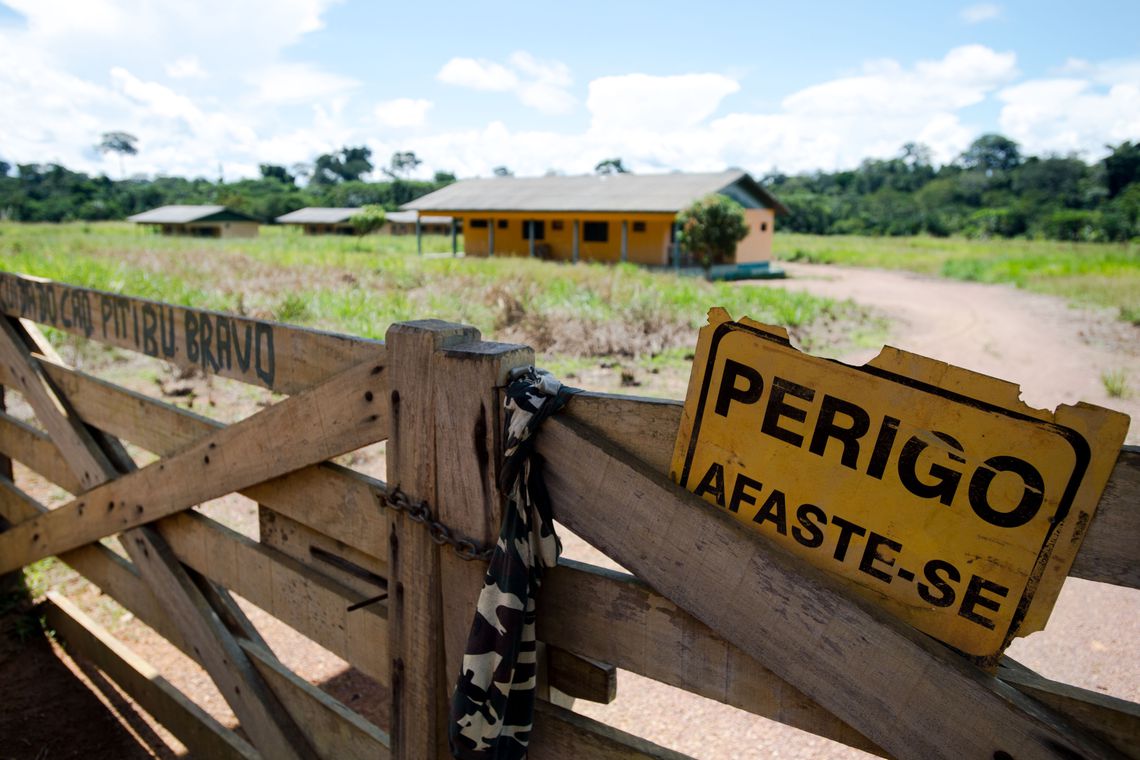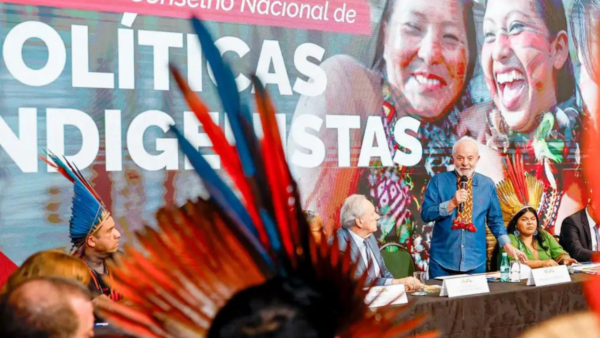On a clear enough day, you could probably see the indigenous territory of Araribóia from space. Not because of its size—at 4,130 square kilometers it’s comparable to Los Angeles—but because of its color. In the heart of the northeastern state of Maranhão, the Araribóia is made up of untouched Amazon rainforest vegetation, making this Spain-shaped island of deep, lush green stand out against the pale browns of its surrounding areas.
Since 1990, Araribóia has been protected by the federal government as a demarcated indigenous territory. This means the land belongs to the traditional communities living there and the entry of outsiders is not permitted without authorization from local populations. As a result, deforestation, mining, or hunting are strictly outlawed on protected indigenous territories. Going back to the satellite images of Araribóia, this can be seen by flying over the region.
Pastures, mining operations and general deforestation push right up to the indigenous territory’s borders, before Araribóia creates a well-defined dark green boundary of untouched forest.
But Araribóia is in danger.
Left to fend for themselves
Since the beginning of the decade, the indigenous territory has been coveted by illegal loggers and poachers. Despite its size and being home to an estimated 5,317 indigenous people—from the Guajajara...


 Search
Search






































